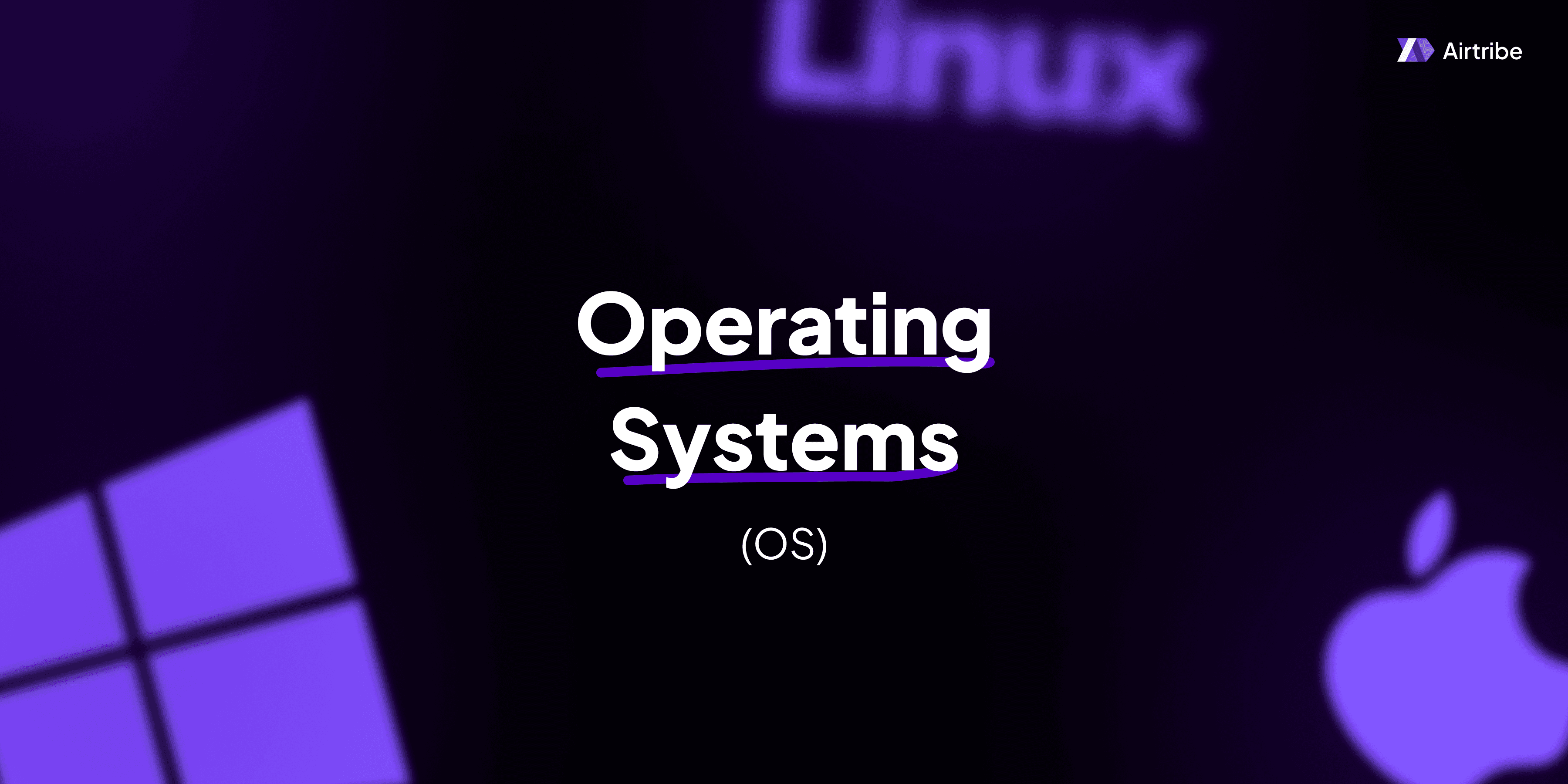blocking vs. non-blocking

Introduction to Blocking vs. Non-Blocking in I/O Systems
In the realm of Operating Systems, understanding how input/output (I/O) operations are managed is critical for Software Development Engineers. I/O operations often form the cornerstone of system interactions, influencing both performance and user experience. Central to these operations is the concept of blocking and non-blocking I/O, which dictates how processes interact with device data streams. This article delves into these paradigms, clarifying their differences, principles, and practical implications in I/O systems.
Core Concepts and Theory
Blocking I/O
Blocking I/O is a straightforward approach where an I/O request is made, and the requesting process is paused until the operation is completed. This means the execution stops until the data can be read or written. While simple and easy to debug, blocking I/O can lead to inefficiencies, especially in applications requiring high concurrency or real-time processing.
Key Characteristics of Blocking I/O:
- Simplicity: Easier to implement since the process waits for completion, avoiding complex state management.
- Resource Inefficiency: Not optimal for scalable systems as the process is idle during I/O operations.
- Use Cases: Suitable for applications where latency is not critical or in environments with fewer concurrent connections.
Non-Blocking I/O
In contrast, non-blocking I/O allows a process to initiate an I/O operation and continue executing other tasks while waiting for the operation to complete. This approach enhances system efficiency by not idling processes during I/O operations, thus enabling concurrent task management.
Key Characteristics of Non-Blocking I/O:
- Concurrency: Supports handling multiple tasks simultaneously, improving system responsiveness.
- Complexity: Introduces additional complexity in managing the state and synchronization across processes.
- Use Cases: Well-suited for high-performance applications like web servers and network services.
Practical Applications of Blocking and Non-Blocking I/O
Understanding the appropriate contexts for employing blocking or non-blocking I/O is essential for optimizing system performance. Here’s how they are typically applied in various systems:
- Blocking I/O in Desktop Applications: Often used in applications where responsiveness is not crucial, such as simple file operations.
- Non-Blocking I/O in Network Servers: Critical for servers handling multiple connections to ensure efficient resource use and fast client interactions.
Code Implementation and Demonstrations
Blocking I/O (Example in Python)
# Blocking I/O example - Reading from a file
with open('example.txt', 'r') as file:
data = file.read() # Blocks until the entire file is read
print(data)
Non-Blocking I/O (Example in Python using selectors module)
import selectors
import socket
# Non-blocking I/O example - Simple server
sel = selectors.DefaultSelector()
def accept(sock):
conn, addr = sock.accept() # Should be ready
print(f"Accepted connection from {addr}")
conn.setblocking(False)
sel.register(conn, selectors.EVENT_READ, read)
def read(conn):
data = conn.recv(1024) # Should be ready
if data:
print(f"Received {data.decode()}")
else:
sel.unregister(conn)
conn.close()
sock = socket.socket()
sock.bind(('localhost', 12345))
sock.listen()
sock.setblocking(False)
sel.register(sock, selectors.EVENT_READ, accept)
while True:
events = sel.select()
for key, _ in events:
callback = key.data
callback(key.fileobj)
Comparison and Analysis
| Feature | Blocking I/O | Non-Blocking I/O |
|---|---|---|
| Ease of Implementation | ⭐⭐⭐⭐⭐ | ⭐⭐ |
| Resource Utilization | Low, as it occupies a single task at a time | Efficient, as it can manage multiple tasks concurrently |
| Latency | Can be high due to idle wait | Lower, since other tasks can proceed in parallel |
| Complexity | Lower | Higher due to need for state management and synchronization |
Additional Resources and References
To expand your understanding of blocking vs. non-blocking I/O, consider exploring the following resources:
Books:
- "Operating Systems: Three Easy Pieces" by Remzi H. Arpaci-Dusseau and Andrea C. Arpaci-Dusseau
- "Linux System Programming" by Robert Love
Online Articles and Tutorials:
- Linux's epoll, select, and poll methods for deeper non-blocking I/O insights.
- Python's
asynciolibrary documentation for handling asynchronous I/O.
Courses:
- Operating Systems courses on platforms like Coursera and edX for comprehensive learning.
Understanding blocking and non-blocking I/O paradigms is essential for designing efficient and responsive software systems. Each has its place depending on the application needs, so selecting the right approach is key to achieving optimal performance.


